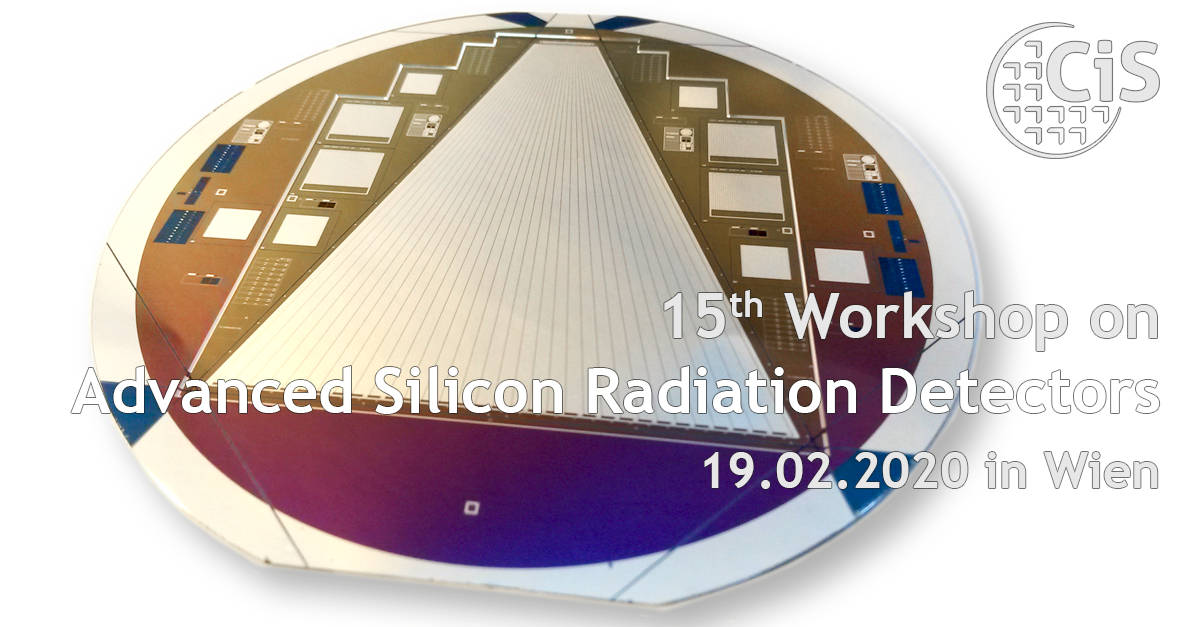On Wednesday, February 19, CiS will present on the topic “Simulation and Technology Study of Shallow Doping Profiles” at the 15th “Workshop on Advanced Silicon Radiation Detectors”.
The CiS Research Institute is currently developing new technological approaches to realize particularly flat p-n junctions for detectors of ionizing particles, but also for the detection of low-energy electrons and ultraviolet light. In addition, there is the requirement to reduce charge losses into the detector by very thin dead zones.
This technology is needed, for example, to realize delta E detectors. The developments of the department Silicon Detectors for a double-sided AC-coupled Delta-E stripe detector in trapezoidal form, which is to be used in the future TRex detector in the MINIBALL array at the ISOLDE facility at CERN, will be presented.
Another major challenge in the production of TRex Delta-E detectors is to be able to realize the double-sided detectors flexibly 70 or 100 µm thin. Here, the research and development results from the DLAT research project (double-sided, large-area thinned radiation detectors; MF 170023) are applied.
The mentioned development work is also used for the development of radiation hard low gain avalanche diodes (DELGAD MF190042) and detectors for very low energy electrons (SikEV; MF180076).
This opens up a wide range of possibilities to exchange ideas with experts on different detector concepts matching the workshop topics: planar pixel and stripe detectors, LowGain APD, silicon photomultiplier and 3D sensors.




